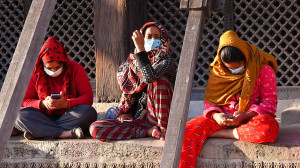Books
War, through the eyes of a child
Thanhha Lai’s ‘Inside Out & Back Again’ follows a young Vietnamese refugee building a new life in a foreign land.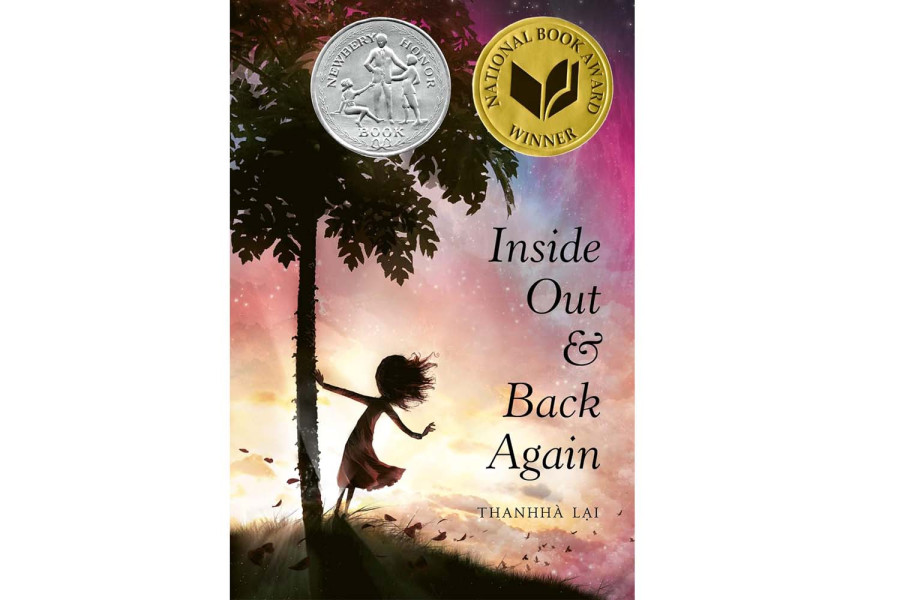
Skanda Swar
‘Inside Out & Back Again’ is an award-winning middle-grade novel, told in a free-verse poetic style, that follows the life of Hà, a little girl, amidst the Vietnam War—a war that disrupted many lives. Author Thanhha Lai creates a story through the eyes of a ten-year-old girl. We feel the destruction of war through the perspective of a child, both innocent and observant. Yet her innocence provides the author with the opportunity to reveal the most intimate details of what it means to be a refugee.
Hà starts her story in Saigon, Vietnam, in a culturally rich family and background, and as a ten-year-old, she appreciates life from all its minor, beautiful points. However, when the War breaks out, Hà’s family chooses to leave home on an ocean journey that spans an uncertain amount of time, marked by dehydration, starvation, and an inevitable sense of purgatory.
The nightmarish journey concludes for Hà in Alabama as she faces her obstacles to build her life in a place that feels hostile and unfamiliar. The author depicts the racial abuse Hà endures during her initial days in a foreign land, allowing readers to sense the pain. What makes the novel unique is the tactile detail of cultural difference, while the emotional component emphasises Hà’s feelings of being out of place.
The novel’s strength is evident in Lai’s ability to portray Hà’s inner growth shaped by her struggles with English, while also revealing that becoming American doesn’t require abandoning her Vietnamese heritage. Lai employs an accessible narrative construction that invites readers of all ages to reflect on the diverse themes presented in the story, despite the protagonist’s young age. This dual access automatically creates a bridge across adult and child audiences to grapple with complex subjects such as war and violence.
Watching the bond between Hà and her mother deepen through their shared sorrow and their struggle to adapt to a new life is moving. The readers become witnesses to a mother’s love. It’s remarkable that Hà's mother willingly takes on challenging work so she can use her spare time to learn English. At the same time, Hà’s gentle, often playful approach to learning how to connect with people she never thought she’d speak to shows readers how relationships can transcend cultural boundaries.
Lai’s use of free verse, both poignant and easy to follow, is impressive. The carefully crafted language reflects not only Hà’s journey of learning English but also her need to make every word matter. Therefore, the unexpected contrast of humour and tragedy emerges effortlessly from the text. A notable example is the section on food. From reminiscing about the papaya trees in her yard to being baffled by what Americans eat, it establishes a universality between the reader and speaker, regardless of cultural differences.
The novel also succeeds in presenting trauma and triumph in an even manner. Lai does not shy away from everything that Hà has to suffer, but instead, she gradually injects unexpected happiness. The kind teacher who relates to Hà, the triumph of learning how to say “v-a-n” instead of “vahn,” the ability to repeat an action in a smaller yet new space, all contribute to an experience of being a refugee that is challenging yet not without hope.
These moments acknowledge the realities of regret and unintended chaos, yet show that people can still feel a sense of control over their lives despite deep trauma. For young readers, who also face challenges like cultural adjustment and bullying, Hà is a relatable character who discovers life’s truths in tough situations, without the story resorting to overly sentimental or unrealistic endings.
If the novel has any shortcomings, it’s in providing a resolution too quickly. While Lai established Ha’s fears regarding cultural erasure and prejudice firmly, the somewhat simplistic resolution involving acceptance and belonging feels rushed in the last few chapters. One might have wanted more pages to establish how Hà came to fight against her dual identity or how her family adjusts permanently to being Americans.
In addition, some of the secondary characters risk being stereotypes rather than fully formed characters, particularly some of Hà's classmates. However, none of this tarnishes the appeal of this engaging narrative, which focuses on Hà's healing nature, perspective, and point of view.
To conclude, the book offers an honest representation of healing and bicultural identity formation, thanks to Lai’s experience as a refugee, which lends credibility to the narrative. What ‘Inside Out & Back Again’ does, uniquely for children’s literature about war, dislocation, and resilience, is present these themes without sounding patronising or overly simplistic. The realities of war and the refugee experience remain pressing and heartbreaking topics in today’s literature. Therefore, this beautifully written work is more important than ever in encouraging empathy and promoting cultural assimilation, helping to foster a deeper understanding of displacement and its associated challenges.
Inside Out & Back Again
Author: Thanhha Lai
Year: 2011
Publisher: Harper Collins
Pages: 272




 9.12°C Kathmandu
9.12°C Kathmandu

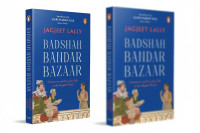

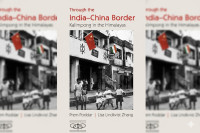
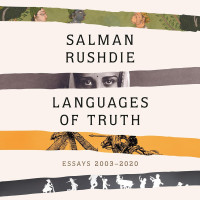
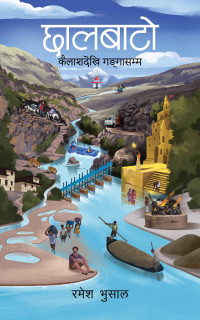


%20(1).jpg&w=300&height=200)

